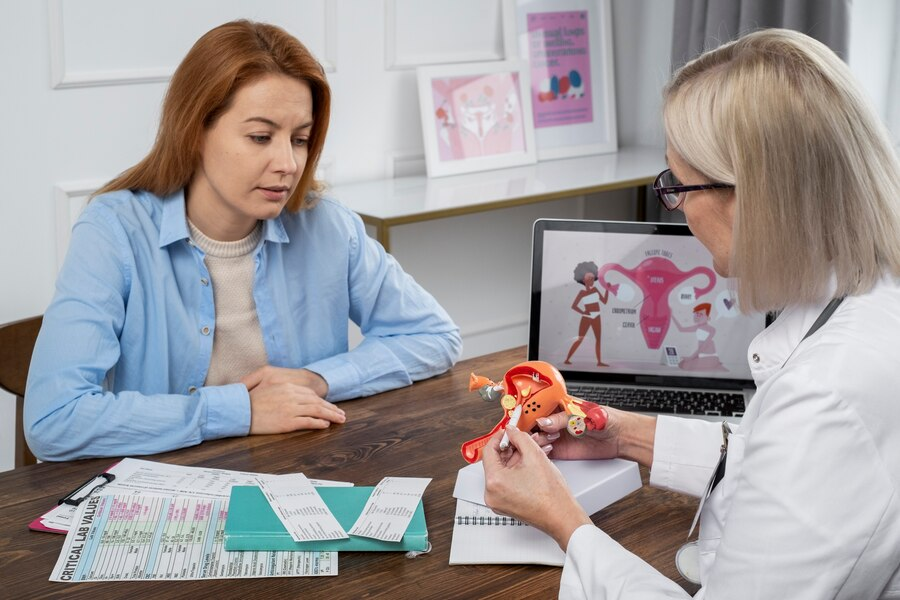Fertility clinics and reproductive services play a vital role in helping individuals and couples achieve their dreams of parenthood. However, accessing these services can be challenging due to various barriers ranging from financial constraints to geographical limitations and societal stigmas. In this article, we will delve into the barriers that individuals face when seeking fertility treatments and the importance of breaking down these barriers to ensure equitable access to reproductive healthcare.
Financial Barriers: One of the most significant barriers to accessing fertility clinics and reproductive services is the high cost associated with treatments. Assisted reproductive technologies (ART) such as in vitro fertilization (IVF), intrauterine insemination (IUI), and egg freezing can be prohibitively expensive, often costing thousands of dollars per cycle. Many insurance plans do not cover these procedures, leaving individuals to bear the full financial burden. This financial barrier disproportionately affects low-income individuals and couples, further exacerbating existing inequalities in access to healthcare.
Geographical Barriers: Access to fertility clinics and reproductive services can also be limited by geographical location. In rural areas and small towns, fertility clinics may be scarce or nonexistent, forcing individuals to travel long distances to access care. This not only adds to the financial burden but also creates logistical challenges, particularly for those who require frequent appointments and monitoring during fertility treatments. Moreover, individuals living in conservative or religious communities may face additional barriers due to social stigma surrounding infertility treatments and reproductive choices.
Societal Stigmas: Infertility and reproductive health issues are often surrounded by stigma and shame, making it difficult for individuals to seek help and support. Societal pressure to conceive naturally and the misconception that infertility is a personal failure can prevent individuals from seeking medical assistance. Moreover, cultural and religious beliefs may contribute to the stigma surrounding fertility treatments, leading to discrimination and ostracism. Breaking down these societal stigmas is crucial in creating a supportive environment where individuals feel empowered to pursue their reproductive goals without fear of judgment or condemnation.
LGBTQ+ Discrimination: Members of the LGBTQ+ community may face unique challenges when accessing fertility clinics and reproductive services. Discriminatory practices, lack of inclusive language, and limited options for LGBTQ+-friendly fertility clinics can create barriers to care. Same-sex couples and transgender individuals may encounter difficulties in finding healthcare providers who are knowledgeable and sensitive to their unique needs. Ensuring that fertility clinics are inclusive and welcoming to all individuals regardless of sexual orientation or gender identity is essential in promoting equitable access to reproductive healthcare.
Importance of Breaking Down Barriers: Addressing the barriers to accessing fertility clinics and reproductive services is essential for promoting reproductive justice and equity. Every individual deserves the right to make informed decisions about their reproductive health and have access to the necessary resources and support to pursue their fertility goals. By breaking down financial, geographical, societal, and LGBTQ+ barriers, we can ensure that everyone has equal opportunities to build their families and fulfill their dreams of parenthood.
Conclusion: Access to fertility clinics and reproductive services is essential for individuals and couples seeking assistance with family building. However, numerous barriers, including financial constraints, geographical limitations, societal stigmas, and LGBTQ+ discrimination, can hinder access to care. It is imperative to address these barriers through policy changes, education, and advocacy to promote equitable access to reproductive healthcare for all. By breaking down these barriers, we can create a more inclusive and supportive environment where individuals can pursue their reproductive goals with dignity and respect.
